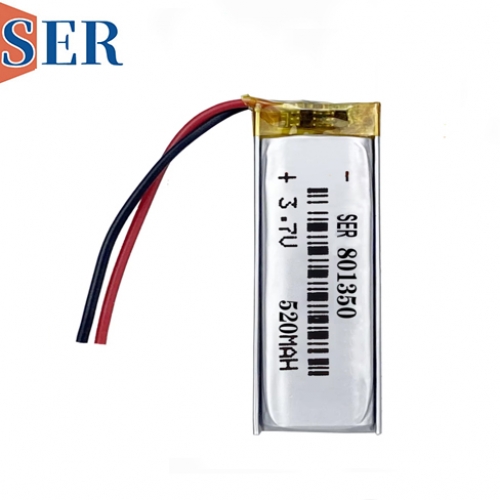Lithium Battery Voltage Knowledge: Understanding the Fundamentals
Lithium Battery Voltage Knowledge: Understanding the Fundamentals
Introduction
Lithium batteries have revolutionized the way we power our electronic devices, ranging from smartphones and laptops to electric vehicles and renewable energy storage systems. The voltage characteristics of these batteries play a crucial role in determining their performance, capacity, and safety. Understanding the voltage knowledge of Lithium batteries is essential for anyone interested in electronics, renewable energy, or battery technology.
Voltage Basics
Voltage, denoted by the symbol 'V', is a measure of the electrical potential difference between two points. It is responsible for the flow of electrons, which powers electrical devices. In Lithium batteries, voltage determines the amount of energy stored and the power delivered to the device.
Voltage Range of Lithium Batteries
Lithium batteries typically operate within a voltage range of 3.0 to 4.2 volts per cell. However, different battery chemistries and configurations can have slightly different voltage ranges. For example, LiSOCL2 battery has 3.6V, LiMNO2 batteries have 3.0 Voltage, and Lipo battery 3.7V, lithium iron phosphate (LiFePO4) batteries have a lower voltage range of 3.2 to 3.6 volts per cell.
Voltage and Battery Capacity
Battery capacity, measured in ampere-hours (Ah) or watt-hours (Wh), is directly related to voltage. The higher the voltage, the more energy can be stored in the battery. This means that a battery with a higher voltage will have a longer runtime or provide more power to the device. Like 3.7V lipo battery, 3.6V LiSOCL2 battery.
Voltage and Battery Safety
Voltage is also crucial for battery safety. Operating a Lithium battery outside its recommended voltage range can lead to damage, overheating, or even explosions. It is essential to use batteries with the correct voltage rating for the device and to avoid charging or discharging batteries beyond their recommended voltage limits.
Voltage Balancing in Lithium Battery Packs
In battery packs containing multiple cells, voltage balancing is crucial. Since individual cells may have slight differences in capacity and resistance, their voltages can drift apart over time. Voltage balancing ensures that all cells in the pack are charged or discharged to the same voltage level, preventing over-discharge or over-charge of individual cells.
High temperature battery pack always assembled by some high temperature LiSOCL2 batteries, each LiSOCL2 battery voltage is very importmany for the high temperature battery pack, especially in series assembly.
Voltage Monitoring and Management
Lithium batteries require careful voltage monitoring and management to ensure their safe and efficient operation. Battery management systems (BMS) are used to monitor battery voltage, temperature, and other parameters, ensuring that the battery operates within its safe limits. The BMS also controls the charging and discharging process, preventing over-discharge, over-charge, and other potentially dangerous conditions.
Conclusion
Voltage is a crucial aspect of Lithium battery performance, capacity, and safety. Understanding the voltage characteristics of Lithium batteries is essential for anyone interested in electronics, renewable energy, or battery technology. By understanding voltage basics, voltage range, capacity, safety considerations, voltage balancing, and voltage monitoring and management, one can make informed decisions about battery selection, usage, and maintenance. With the increasing demand for Lithium batteries in various applications, this knowledge will become increasingly important.





